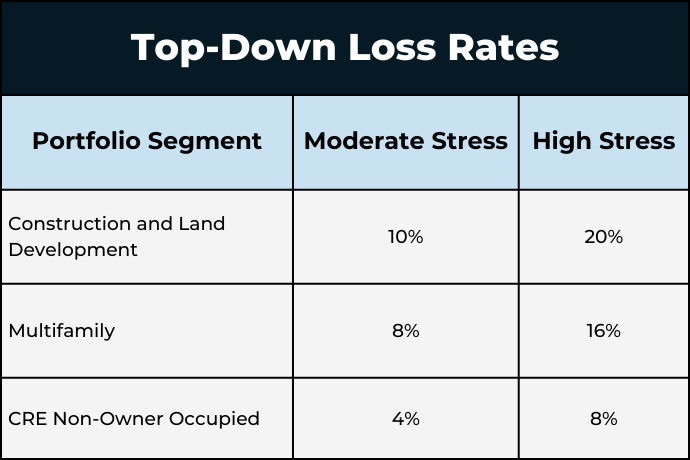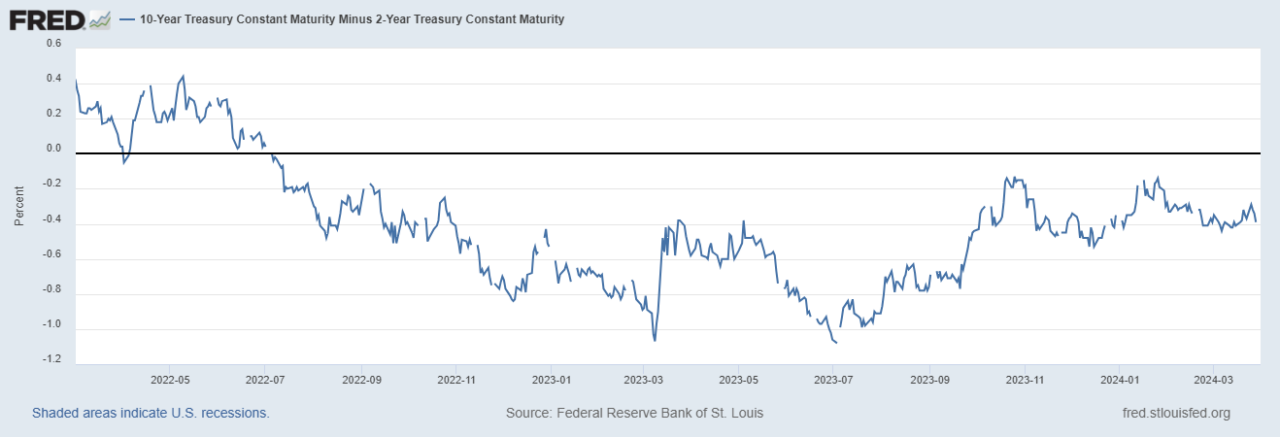Managing customer complaints is important to an effective CMS
By William J. Showalter, CRCM, Senior Consultant, Young & Associates
Financial institution supervisory agencies view a formal process for managing complaints from bank customers as an important element in an effective compliance management system (CMS). The second 2024 issue of the Consumer Compliance Outlook from the Federal Reserve Board (FRB) includes three articles on this.
The FRB is quoted in one of these articles in an unequivocal statement on this issue:
“Consumer complaints are a critical component of the risk-focused supervisory program. The Federal Reserve uses data on consumer complaint activity in its supervisory processes when monitoring financial institution, scoping and conducting examinations, and analyzing applications.”
The other federal agencies agree with this viewpoint. So, banks and thrifts have found that, if they do not handle customer complaints in a formal, consistent manner, their CMS will be viewed with a more critical eye.
Benefits of managing customer complaints
One positive aspect of proactively managing the customer complaint process is there is no real downside. The only “downside” is that such a process shines a light on the extent of complaints, and their underlying causes. But, this disadvantage is actually an advantage. What you don’t know really can hurt you.
The positive results from complaint management can include:
- Uncovering and dealing with shortcomings in product features, bank processes, customer service and more early before they present real threats
- Improving customer satisfaction with the bank, and enhancing the bank’s efforts to serve the banking needs of its community
- Resolving fair treatment issues at an early stage
- Realigning bank products, processes, and services with regulatory requirements and expectations
- Heading off potential UDAAP (unfair, deceptive, or abusive acts and practices) issues
- Reducing the institution’s reputation risk.
Managing customer complaints
The bank already has formal processes, with assigned responsibilities, for handling errors/disputes asserted by customers related to electronic banking (Regulation E, EFTA), open-end credit (Regulation Z, TILA) and mortgage loan servicing (HUD Regulation X, RESPA). Appropriate treatment of complaints in these areas are mandated by the respective regulations.
A formal process to address customer complaints in other areas is considered an industry best practice. It is also a necessary component of an effective CMS by regulators. The structure of this program will vary depending on the culture of the bank and other internal factors.
There are some common elements that form the basis of any sound customer complaint program, including:
- Define what is considered as a “complaint.” This is considered as crucial to success in this area, so defining “complaint” broadly is seen as a sound practice.
- Make sure everyone knows how important it is to respond promptly and accurately to any customer complaints. This is a basis for giving good customer service.
- Appoint a central point (an individual or an office) to be in charge of your complaint response program, especially those referred by the regulators. Also, make sure that all bank staff is aware of how to handle complaints, including where to refer them. Branch managers can be charged with handling customer service issues occurring at their branches that do not involve regulatory issues (fair lending, EFTA, etc.). However, they should report on these complaints and resolutions to the central complaint point to track any trends that arise.
- Establish uniform standards and timeframes for investigating customer complaints. The time limits you set should be reasonable and probably not significantly longer than those set by regulations for some error resolutions (EFTA, TILA).
- Ensure that the process includes determining the root cause of complaints being investigated.
- Document your investigation (e.g., copies of relevant documents and reports) of each customer complaint and the bank response.
- Ensure that regulators are informed promptly of the results of investigations of any complaints referred by regulatory agencies.
- Maintain a database of your customer complaints, either manually or using some spreadsheet or database software. This step allows you to mine the data related to this process for information about problems with your products, customer service, potential fair treatment/lending issues and so forth.
Results
The database discussed in the final bullet above can provide a wealth of information about how customers view your bank, your product mix, your service levels and many other facets of your business. It also provides you with an opportunity to discern trends in their infancy, allowing you to deal with negative issues early or enhance the benefits from positive developments.
A proactive approach to customer complaint management derives many benefits for the bank. These include reducing conflicts with customers, enhancing the bank’s public image, improving bank relations with regulators and creating a competitive advantage for the bank.
The newest supervisor
For the past decade or so, there has been a more active and visible regulatory presence in this area – the Consumer Financial Protection Bureau (CFPB). The CFPB established a complaint database to which consumers can submit complaints about financial service providers, have their complaints forwarded to the providers for response and give the public a window on this process and its outcomes.
The CFPB also periodically analyses the results of this process, usually for one or another particular financial service area – student loans one time, mortgage servicing another, yet another financial service another time. The other agencies, as noted earlier, analyze data related to consumer complaints that are handled through each of them.
The agencies often view data about consumer complaints to be an indicator of a need for future regulations. This view is reinforced by provisions in the Dodd-Frank Act of 2010.
The purpose of the CFPB database is to provide consumers with one central point through which they can submit complaints about financial service providers, without having to search through the maze of regulatory agencies first, and follow the results. Another purpose is to provide a gauge for how well financial service providers are serving their particular customer bases.
While the CFPB database can be a useful tool, financial institutions should have a goal of trying to deal with their own customers’ complaints and concerns themselves, before customers become so frustrated that they feel the need to turn to supervisory agencies.


















